Airbus Compression After Impact Test Fixture (AITM1-0010)
Model No. WTF-CI(Airbus) (Stainless Steel)
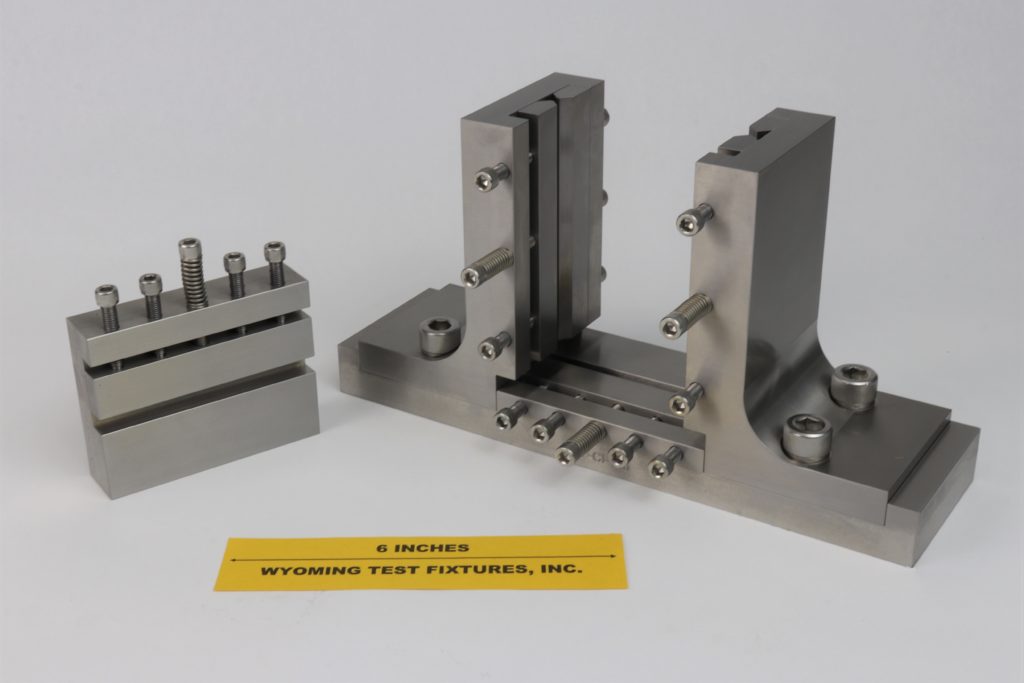
Fig. 1: Partially assembled fixture without specimen installed.
An Airbus Industries version of the Compression After Impact Compression Test Fixture is shown in Fig. 1. Another view, with the loading block in place, is shown in Fig. 2. This fixture is the basis of Airbus Industries Test Method AITM1-0010 (see Reference 1). It was originally developed by Messerschmitt-Bolkow-Blohm (Reference 2).
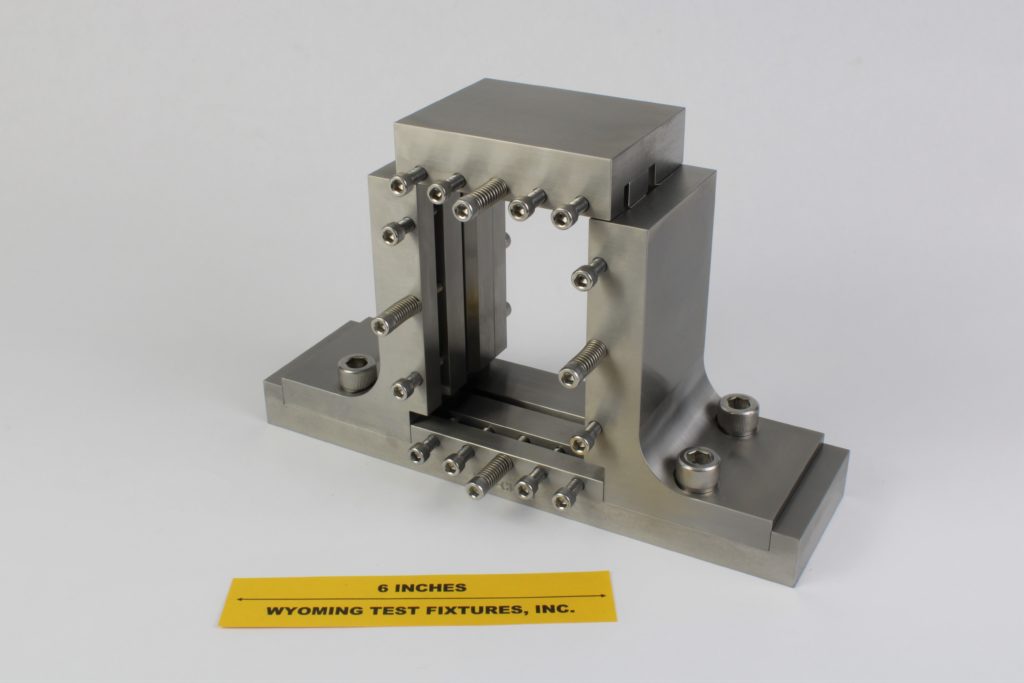
Fig 2: Assembled fixture with loading plate in place.
The Airbus specimen is the same size as that used with the S.I. units version of the Boeing fixture, namely, 100 mm wide and 150 mm tall. A typical specimen lay-up is quasi-isotropic, and approximately 4 mm thick. The fixture uprights have no adjustment in the width direction, whereas the Boeing fixture does have a minor amount of adjustment because of its slotted holes. This is not a problem, however, as the standard specimen is specified to be of a precise width and height anyway, namely within ±0.2 mm.
Nevertheless, just as with the Boeing fixture, there is occasionally interest in testing specimens of nonstandard sizes using the Airbus fixture. One version of a width-adjustable fixture is shown in Fig. 3. The particular fixture shown does not have height adjustment. The width can be adjusted from 46 mm to 100 mm. The specimen can be between 4 mm and 11 mm thick.
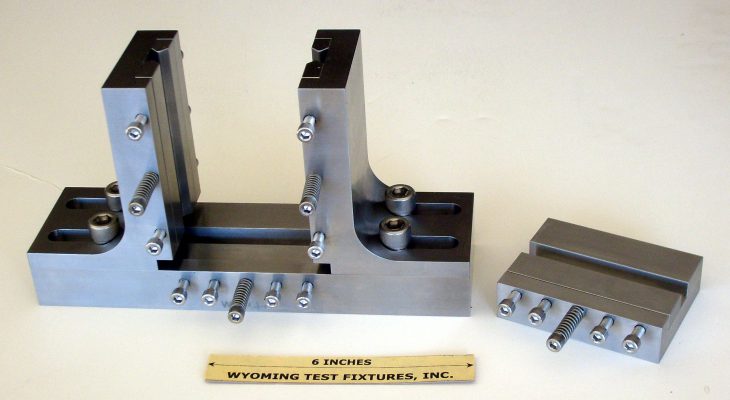
Fig. 3: Width-adjustable Airbus Industries After-Impact Compression Test Fixture.
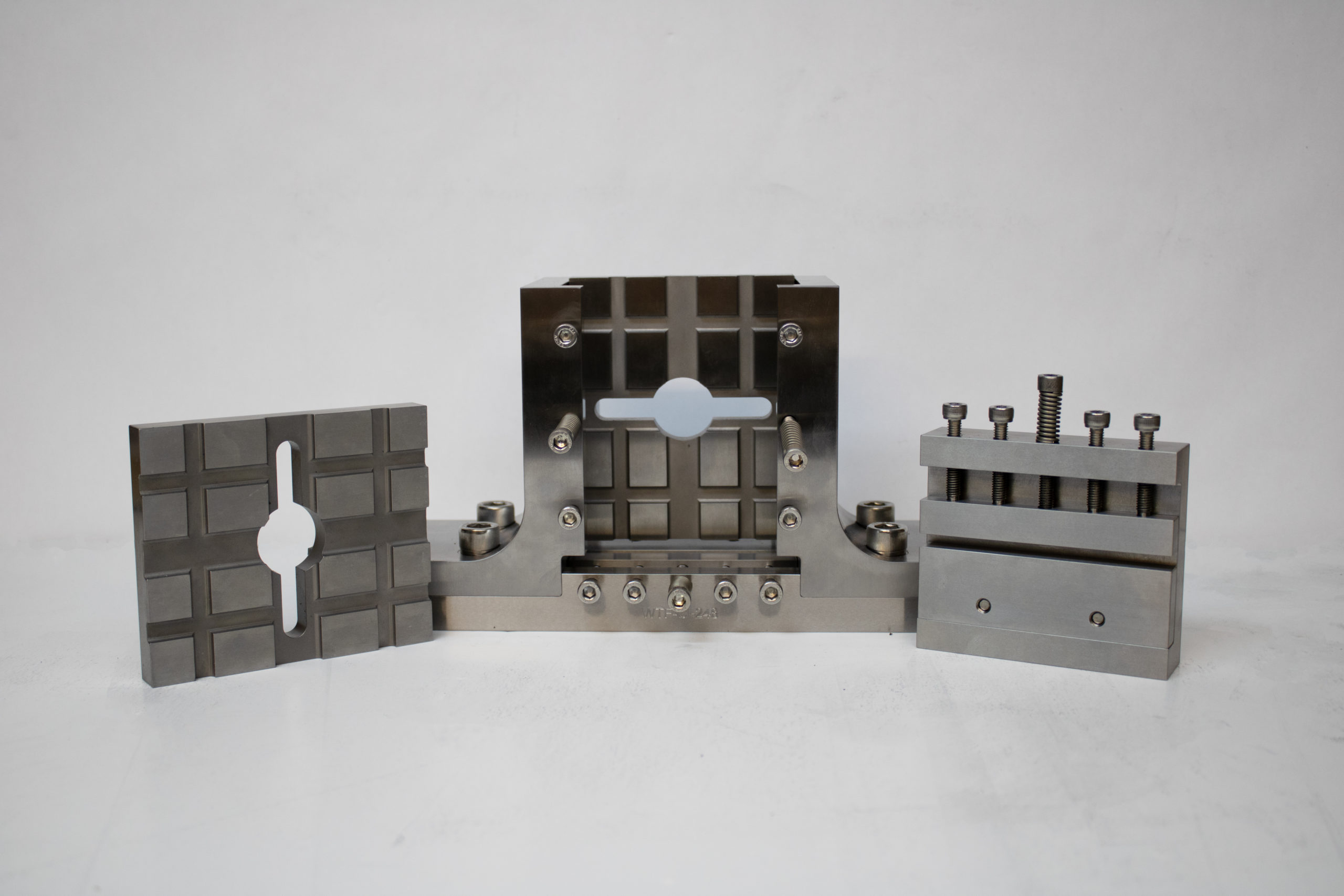
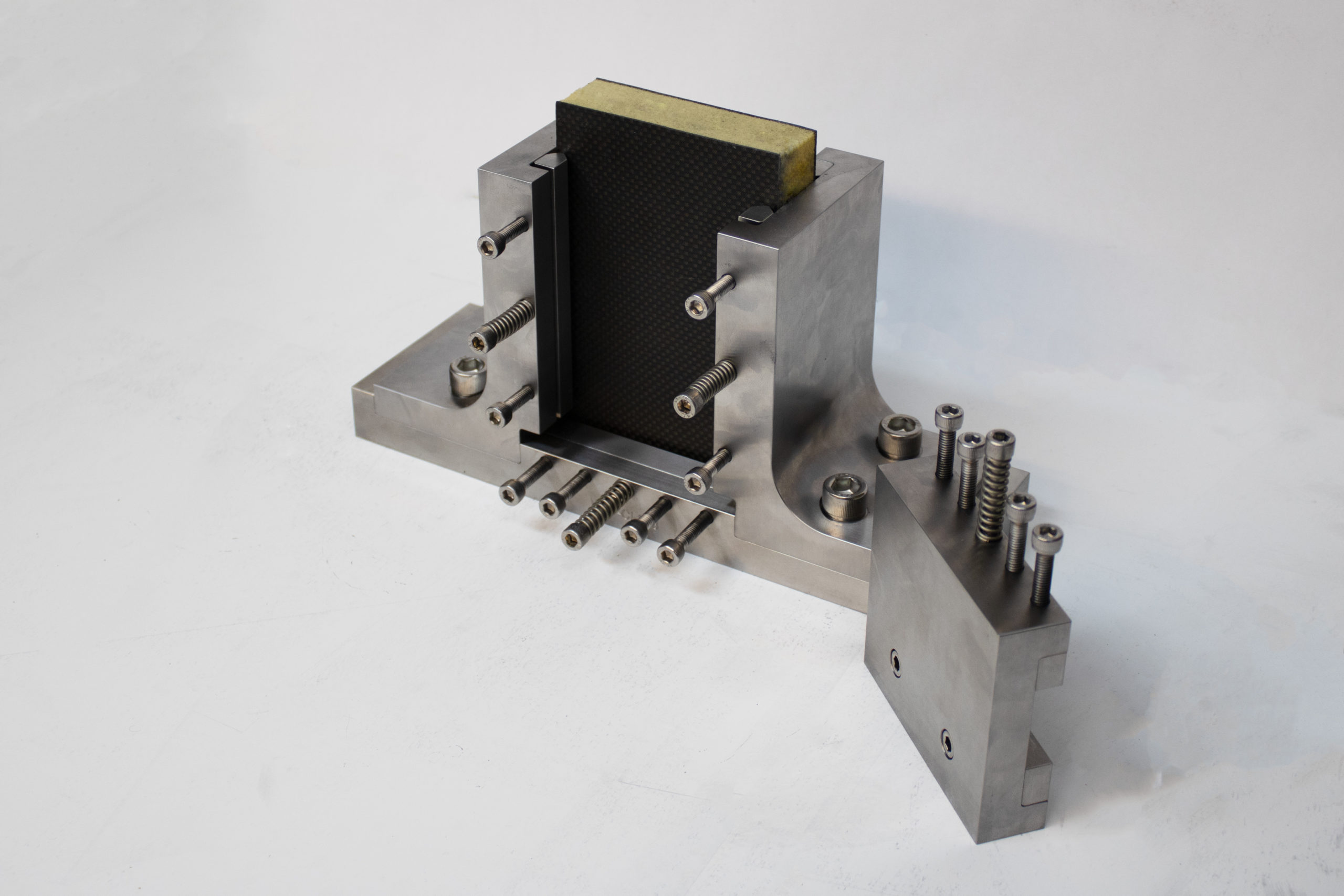
Fig. 5. Airbus AITM1-0077 Test Fixture set up for sandwich specimens
There is another Airbus After Impact Compression test in AITM1-0077 (see reference 3), this method is for two different specimen thicknesses. The W1 designation is for testing thin skin specimens(<3 mm) using a waffle plate as shown in Fig. 4. The S1 designation is of testing thin skin specimens that are to be tested as a sandwich composed of one impacted skin, one non-impacted skin and a honeycomb core with a thickness of 30 mm as shown in Fig. 5. As with the other airbus standard the specimen size is 100 mm wide and 150 mm tall but the fixture can be fabricated in any size needed.
Sources of Additional Information:
1) Airbus Test Method AITM1-0010 (Issue 3, October 2005), “Determination of Compression Strength After Impact,” Airbus S.A.S Engineering Directorate, 31707 Blagnac, France, October 2005.
2) J. Vilsmeier, J. Brandt, K. Drechsler, “Composite Compression Testing Methods and Analytical Verification,” Messerschmitt-Bolkow-Blohm (MBB), 12th International SAMPE European Conference, Maastricht, The Netherlands, 28-30 May 1991.
3) Airbus Test Method AITM1-0077 (Issue 1, February 2014), “Determination of Compression Strength After Impact on Thin Skin”, Airbus S.A.S Engineering Directorate, 31707 Blagnac, France, February 2014.

